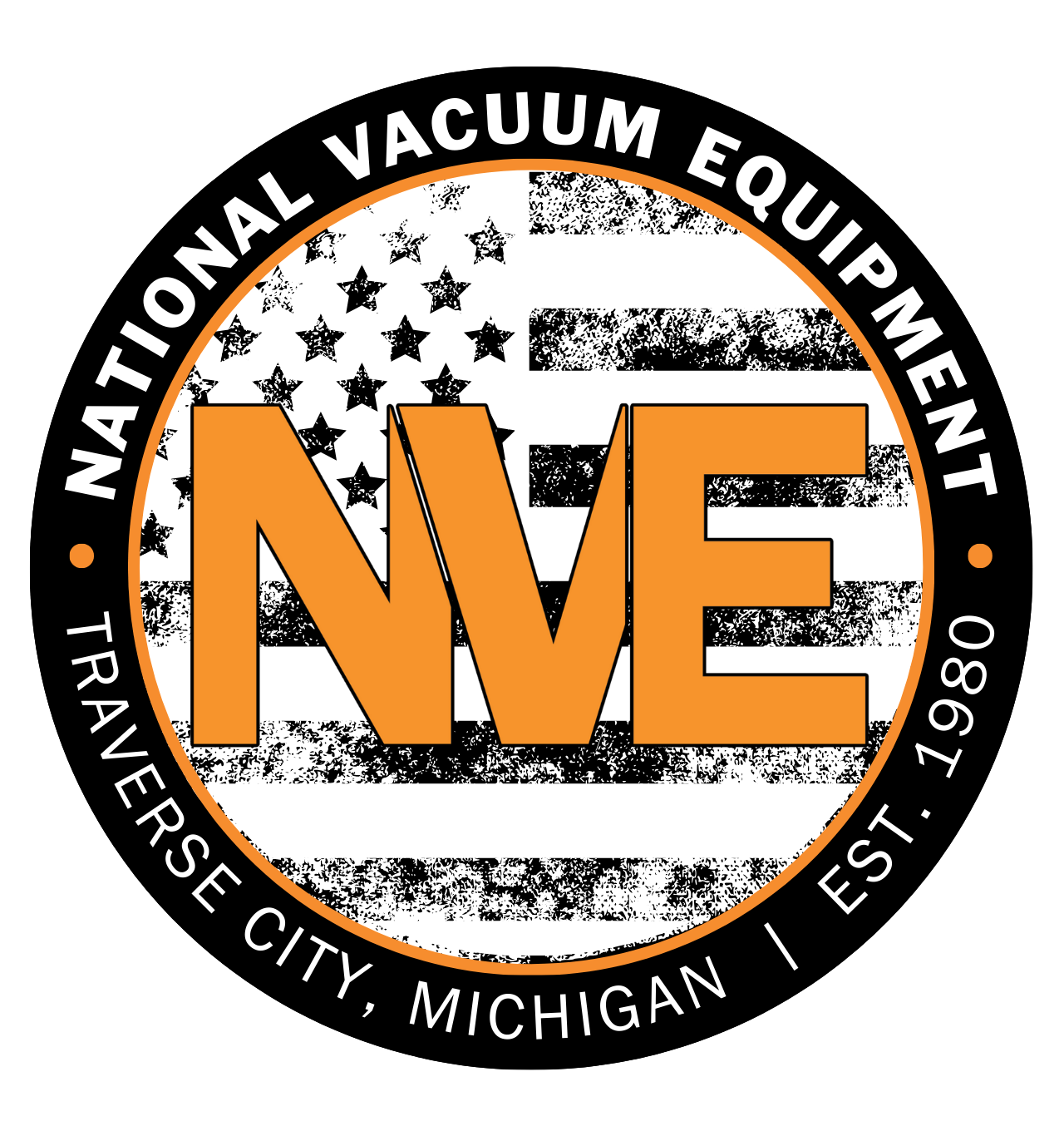
Visions Of A Downtown Traverse City River Walk Promenade
By Craig Manning | Dec. 11, 2020
What’s currently an alley along the Boardman River in downtown Traverse City could someday become a “river walk promenade,” an ambitious project to make that area more desirable for pedestrians. According to Jean Derenzy, CEO of the Traverse City Downtown Development Authority (DDA), the long-term vision for downtown will likely involve eliminating asphalt and parking spots in the alleyway that separates businesses on Front Street from the river. It’s a major (and potentially very costly) placemaking proposition – and one that is likely to ignite a debate among Traverse City’s planners, business owners, and residents.
“It’d be a river walk of some sort,” Derenzy says of the long-term vision. “One of the things that we heard pretty loud and clear from the public was, ‘Why do we park cars on the river?’ They really want to have an opportunity to interface with the river without having to interface with the cars first. So the parking is the first thing that we really need to deal with on that section of the Lower Boardman.”
Derenzy adds that the DDA is particularly interested in revamping the riverside in the main 100 and 200 blocks of Front Street between Park and Union streets. However, she notes that the Lower Boardman River Leadership Team, which is working on a Unified Plan that will inform projects and planning along the river for years to come, is still “focused on the whole 1.6 miles [of the Lower Boardman] from the Boardman Lake to where it exits into the Great Lakes.” Derenzy is part of that leadership team, which first formed in September of 2018.
Despite a growing conversation about what the future might hold for the Lower Boardman, Jennifer Jay of the Grand Traverse Regional Land Conservancy – who serves as co-chair of the leadership team – cautions that the group is not ready to make any formal decisions or declarations about what might come next for the river.
“We’re not there yet,” Jay tells The Ticker. “I think we would have been, if it wouldn't have been for COVID, but that has really created delays. The principles behind this project, to come up with a Unified Plan [for the Lower Boardman], they rely on meaningful engagement with the public, and it's just almost impossible to do that with public meetings on Zoom.”
Jay says she’s been impressed over the past two years by how much public engagement and input the leadership team has gotten to help shape the Unified Plan. But the team didn’t meet for six months during the earlier part of the pandemic, and while some members of the community continued to keep tabs on the discussions after the leadership team resumed meetings virtually in September, Jay says engagement has been “a fraction” of what it was when in-person meetings were possible. She expects that significant progress on the Lower Boardman won’t happen until the pandemic subsides and in-person engagement can restart in some fashion.
“[Before the pandemic], we were pretty close – I would say maybe 2-3 months close – to being able to reach out to the public to ask, ‘What do you think? Did we get this right? Did we hear what we thought we heard?’ We’ll need to go back out to the public on some schematic sketch designs for what the river would look like, from the Boardman Lake to the mouth of the bay, and get feedback again. And then we’ll go back to City Planning, the City Commission, and the DDA. So there's going to be a lot of touching base on this.”
Part of that process will involve outreach to downtown businesses and property owners. Derenzy says she is working on that plan with Rick Korndorfer, a leadership team member who is also a downtown property owner. “We want to show them the pros, the cons, and the impact,” she explains. “We’re still working on that.”
City Planner Russ Soyring, another member of the leadership team, expects the pro-and-con conversation to be a complex one for downtown businesses. On the one hand, Soyring notes that public input strongly supports a more accessible river, and that businesses could benefit from more customer traffic on the waterfront side. On the other hand, converting the alley to a river walk would likely involve eliminating significant parking capacity.
“When we built the Hardy parking deck, one of the things we said is that we would start pulling up some of the asphalt along the river and get rid of some of those surface lots,” Soyring says. “The pushback was so strong that we only ended up taking out maybe 10 spaces. The conversation always seems to revolve around the need for parking. That’s why we are constantly trying to find other ways for people to get downtown, and that’s also why we’re talking about parking structures: so we can go vertical with parking and start peeling up some this asphalt and removing it from the river's edge. Still, I think we would have a lot of resistance again unless we have some real alternatives for people to park elsewhere.”
Solving the parking challenge isn’t the only potential hurdle. Soyring also points to relocating underground utilities and observing necessary environmental precautions (which the consulting firm SmithGroup is now investigating for the city) as “not inexpensive propositions” the city will have to contend with.
Still, as Soyring approaches retirement, he’s confident that the future of the Lower Boardman will be more naturalized, more pedestrian-friendly, and better for downtown placemaking than what has come before. In the 1960s, for instance, he says the city considered plans that would have diverted the river out to the west side of the Open Space and filled in the channel to allow for more surface parking and other infrastructure. He’s pleased that the community is now seeing the Lower Boardman as a “true asset,” rather than as an inconvenience.
“What we've been trying to do now is just the opposite [of those old plans],” Soyring says. “We’re trying to peel up the asphalt and get it away from the river. I think it allows for great opportunities to enhance the human habitat, so that people can get down there, view the river, sit by the river, dine by the river, and really celebrate the river instead of just making the cars happy about having a waterfront view.”
Comment






